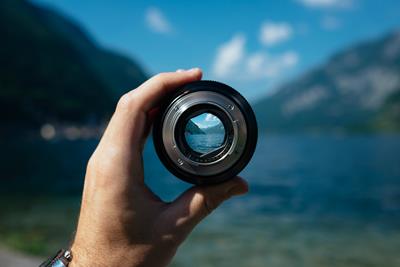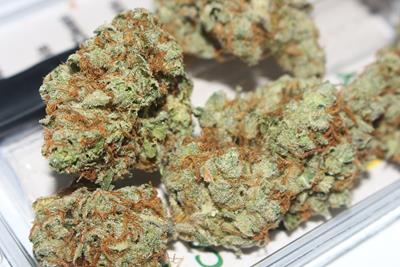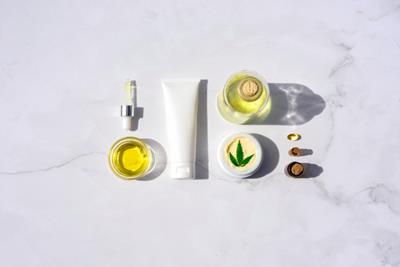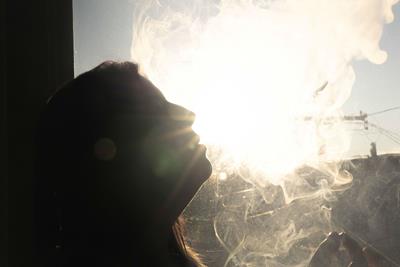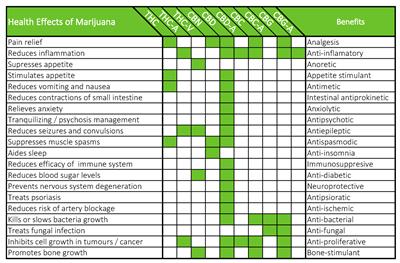
Wednesday November 10, 2021
By Paul Barach
Reviewed By Mohammad Ashori, M.D. on Tuesday April 26, 2022
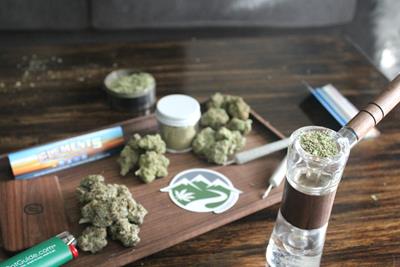 Health/Science
Health/Science
Everyone has their favorite way to consume cannabis. Some enjoy that classic, laid-back feel of sparking up a joint. Others prefer a smooth lungful from a deep, bubbly bong rip. Many love that express train of THC and terpenes that comes roaring in from a heated dab nail.
However, some recreational and medical consumers don’t really care how cannabis gets into their bodies as much as how quickly and powerfully it takes effect. If you fall into this category, then PotGuide is here to answer the question: “Which cannabis consumption method is the most effective? Bongs, joints, or dabs?”
If You’re New to Cannabis
Always remember that marijuana affects people differently. Your “most effective” consumption method is whatever works best to get you to your preferred experience. Finding this out can take some experimentation (yay science!), so use the below as a guide.
Each person’s physiology is different enough from that of another’s to respond differently to different methods of consumption. The body’s metabolism of the compound and the concentration of cannabinoid receptors all factor into the desired result from using marijuana. It’s what physicians consider when prescribing medical marijuana.
Joints
Joints are perhaps the simplest and most portable of consumption methods, but how effective are they when it comes to getting THC from point A (A joint) to Point B (Brain)?
According to a Forensic Science International study, the lung availability of cannabinoids from a pull off a joint is a hefty 30%. However, it’s impossible for every bit of smoke in that joint to get into your lungs. Some smokers believe that this makes it less effective overall since cannabinoids are getting lost in the air.
Plus, the smoke coming from a joint, containing all the burning plant and paper matter, is going to be much harsher than smoke filtered through water. This makes taking a deep lungful off of a joint much harder without coughing that cannabinoid-rich smoke back out.
Bongs/Water Pipes
We’re a long way off from having enough peer-reviewed, scientific studies on cannabis smoking to be certain of anything. However, when it comes to effective cannabis consumption methods, many believe bongs provide a cleaner, stronger hit than joints.
One reason for this is that the cooling percolation through the water allows for a bigger toke. Unlike a joint, the majority of your bowl’s smoke gets pulled through the bong water rather than lost to the air. The percolation also allows for a longer inhale. This releases more cannabinoid-rich smoke. Finally, once you clear the chamber, that cooled smoke can hit your lungs much deeper without as much irritation.
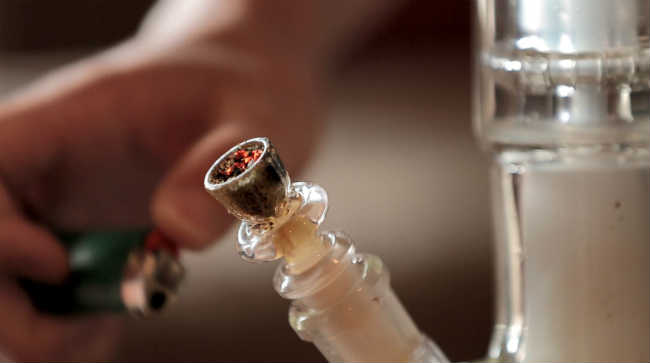
In one of the few bits of research out there, a MAPS/NORML study from 2000 showed that smoke from bongs actually contains 30% more tar per cannabinoid than joints, which surprisingly only contain 13 parts tar to 1 part cannabinoid. This study’s results are complicated by researchers using a low-potency strain, containing only 2.3% THC. The study’s authors also mentioned that the tar intake ratio could be lowered by five times the amount if a higher-potency strain was consumed.
The study also confirms some anecdotal claims about bong’s effectiveness at filtering toxins and other harmful materials out of smoke. Researchers found that water filtration may absorb non-smoke toxins.
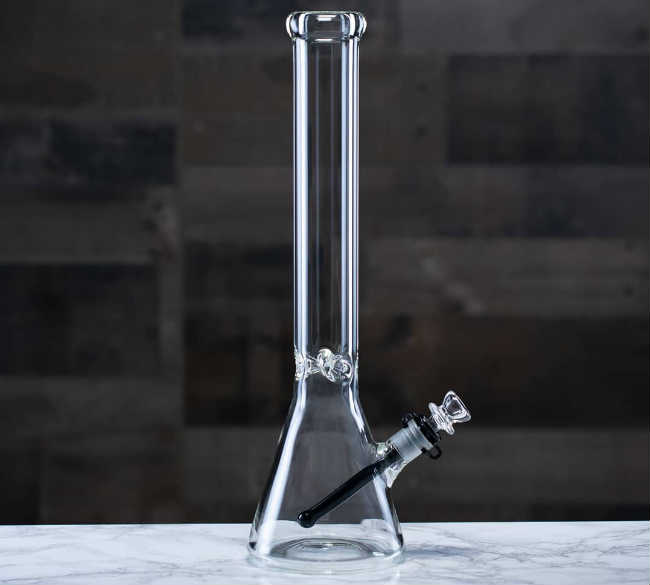
This is why proper percolation is so important when taking a hit from a bong. You want to filter out as many irritating compounds in the smoke while still pulling the maximum amount of THC and other cannabinoids into your lungs. The best way to do this is by making sure that your water level is high enough to filter out the smoke (but not so high that you splash your mouth.)
If you have the funds available, buying a quality water pipe that maximizes percolation ensures the best bang for your bong buck.
Dabs
If you’re just getting started in the cannabis game, dabs can seem like the most daunting method. There are dental tools, a butane torch, and red hot metal. However, it’s worth climbing that learning curve if you’re looking for the most effective cannabis consumption method. PotGuide has plenty of helpful guides if you’re curious about getting started.
There’s no question that when it comes to pure effectiveness, concentrates have the advantage over flower. It’s right there in the name. Whether it’s BHO hash oil, wax, shatter, rosin, resin, bubble hash, or another preparation, the THC is concentrated in that amber-colored goo, giving it a higher potency.
In many ways, dabbing is the bong version of concentrates. You’re using a modified water pipe (called a dab rig) to cool the vaporized cannabinoids by pulling them through a liquid. However, unlike a bong, you’re not combusting the cannabis flower to release those cannabinoids and terpenes. Instead, you’re using a hot surface to vaporize them.
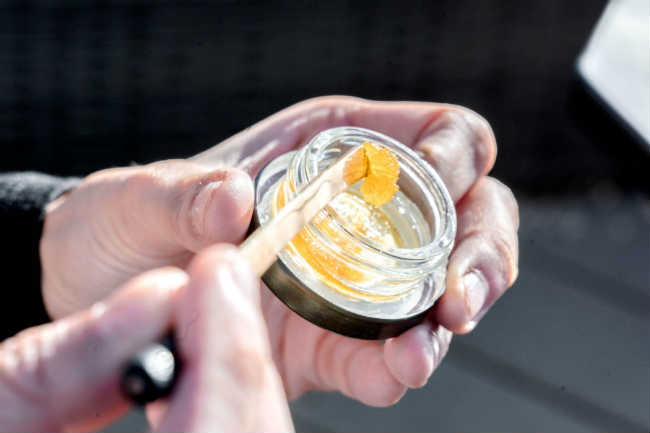
This vaporized concentrate is far more potent than flower. Besides having filtered out nearly all of the plant matter during its creation, concentrates range from 50-95% THC. Flower usually maxes out around 30% THC. Also, since the cannabinoids are being vaporized and not burnt there’s no THC lost to the chemical reaction of the flame.
In that same Forensic Science International study, researchers found that cannabis concentrates had 75.5% lung availability to flower’s 26.7%. In other words, dabbing introduces three times the amount of THC and other cannabinoids into the lungs as flower. The more THC is available, the more can be absorbed.
While more studies will need to be done in order to further explore the effectiveness of cannabis consumption methods, what has been shown so far seems to match up anecdotally.
The Wrap Up
When it comes to the most effective method of getting the largest amount of THC into your system, dabs are clearly the way to go. For some cannabis consumers, this is the most important part of cannabis consumption. For others, what’s most important isn’t maxing out their THC percentage, but maxing out their enjoyment.
If puffing on a joint makes reading a novel that much more fun, then do that. If a deep bong rip sets you right for some after-work online campaigns or settling into some crafting then stay the course. Cannabis is meant to be comforting and enjoyable, however you choose to consume it.
Bongs, joints, or dabs? Which do you prefer and why? Let us know in the comments!




